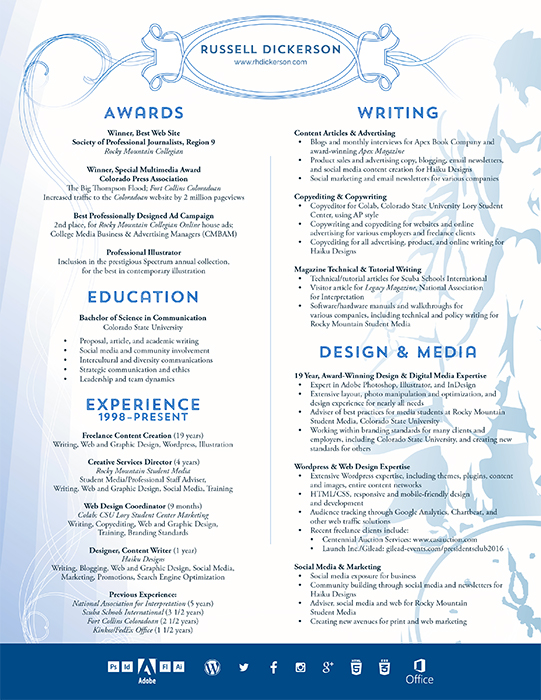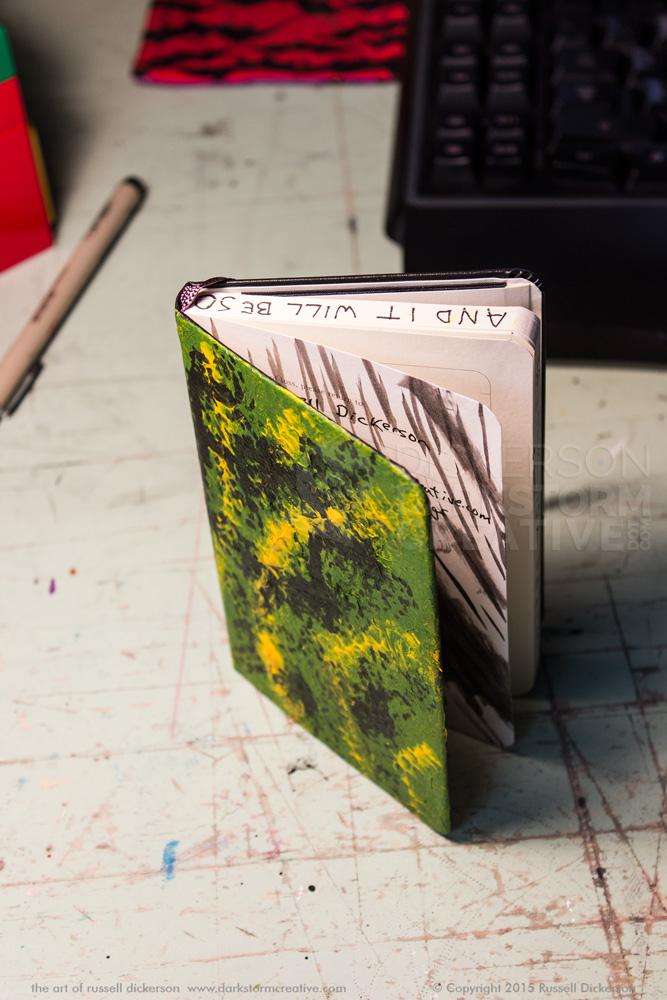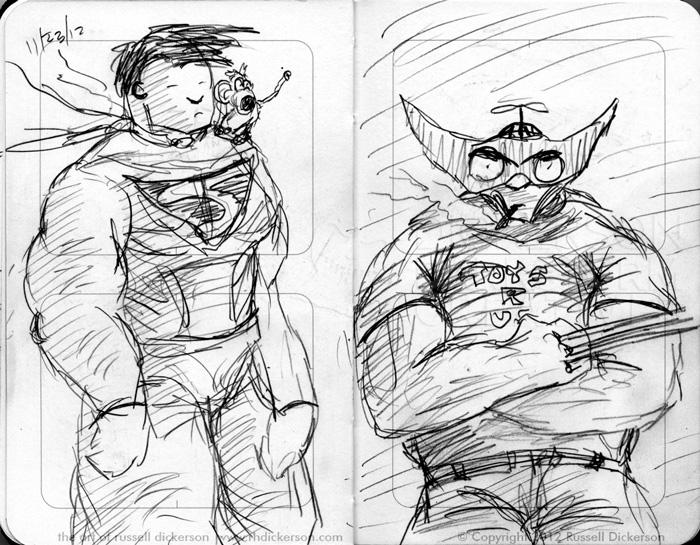I was particularly enamored the other day with the newest trailer for the film Pacific Rim, and it made me think of something other than giant robots and giant monsters.
| Originally published by Apex Book Company, April 2013 |
Aren’t these the same giant monsters we’ve seen for years?
Now, believe me, I’m not going to pick on Pacific Rim. Especially since the morning of July 12 to me means “ass in seat” for the flick. But it made me think about what I’ve seen before for giant monsters, and if anything has really changed.
To be fair, giant monsters have been around for millennia. The mythologies of many cultures feature massive creatures, some so large you never really see them at all. Case in point, the Greek myth of Scylla and Charybdis. These two monsters of legend ate many a sailor, and featured prominently in the Odyssey and the stories of Jason and the Argonauts.
We can move through the ages up to the mid-Twentieth Century, when giant monsters were everywhere. The common nomenclature is “kaiju”, especially since the most famous of the monsters originated in Japanese cinema.
If you guessed MechaGodzilla, you were just one Mecha off.
Much like the trailer for Pacific Rim, Godzilla comes to town, checks into a hotel, has some sushi, and is generally a nice guy. Except for all of the other parts of the movie, where he’s stomping on soldiers, wiping out buildings and vehicles, and really not being such a nice guy.
So, we (finally!) come to the point. Why should we bother watching something that we’ve seen a thousand times? Is it simply money that we’re willing to hand over for the same ideas?
It’s a question that comes up in plenty of other areas too. Stories about dragons, films about vampires, art with elves and dwarves, games with army guys blowing up aliens, aliens come to earth and wipe things out, none of these are particularly unique ideas. Some of the ideas, like giant monsters, have been around for quite literally thousands of years.
It’s been said that there are no longer any original ideas. Let’s face it, that’s probably a true statement. But I think it’s a statement that applies to a general sense of the how the world works. We get very comfortable in the things we experience every day. We like our coffee to taste a certain way. We like our books to have the right feel, the right texture. We want our art to be similar enough to other works to fit in nice categories. We even want our television shows to be somewhat on the predictable side.
It all leads to the comfort of life, and that comfort makes it easier to live our lives without the drama that many previous cultures had to endure. Many folks don’t like to rattle the cage of normalcy very often, so you get a lot of similar-looking media.
That’s where style and finesse come in, ideas that can change what we were thinking. Sometimes they are absorbed into the normal life, the normal sense of media. Take the show Firefly for example. A failed television series that has influenced everything ever since, despite it being so different from the norm. There are ways that characters speak to one another that hadn’t really been in movies and television before. There were ways that the technology used to create the series could still look “lived in”, which really affects film especially. The camera angles alone (re: Star Trek 2009) that Firefly (and film continuation, Serenity) used radically changed the way that space is seen, especially with a “handheld” look.
(We won’t mention how the “ship through tight spaces” thing already works better in Serenity over Star Trek: Into Darkness.)
http://youtu.be/1pgFXCnksJk?t=2m5s
It’s true of art, film, television, books, any creative venture can have a different style. Sometimes, those special projects come along where those ideas, despite being around forever, can somehow feel new again.
Most creators want that anyway, to have their creations seem unique. It’s a very tricky balance, as too far out of the way and your viewers might rebel. They might abandon you at the drop of a hat, because you’ve gone too far. It’s a risk that you take when you are creating, and we’ll never know how unique our creations really are until we try and push them off the cliff.
A radical notion can certainly fail, but it can also succeed in brilliant ways. The best example of that is Guillermo del Toro’s Pan’s Labyrinth. It’s really a fairy tale, complete with mythological creatures, monsters, even fairies themselves. It’s also a story about the Spanish Civil War, and the story of a girl growing up with horror quite literally around her.
It works, though, almost unexpectedly. The fantasy meets reality, and there isn’t a moment in the picture that it doesn’t work like it should. It was a gamble, and it paid off beautifully.
That’s why I’ll be in the theater for Pacific Rim. Sure, there are lots of monster stories out there, even lots of giant robot stories. But del Toro has a unique eye, and a talent for finding the new ideas in the old ones. The reason these old ideas keep coming back to us is that they are fundamental to who we are, and I for one am anxious to see what a master to can do with them.



